Money
Karnali fishermen fear eco damage may ruin livelihood
Many locals have seen their incomes rise substantially from fishing with the opening of the Karnali corridor.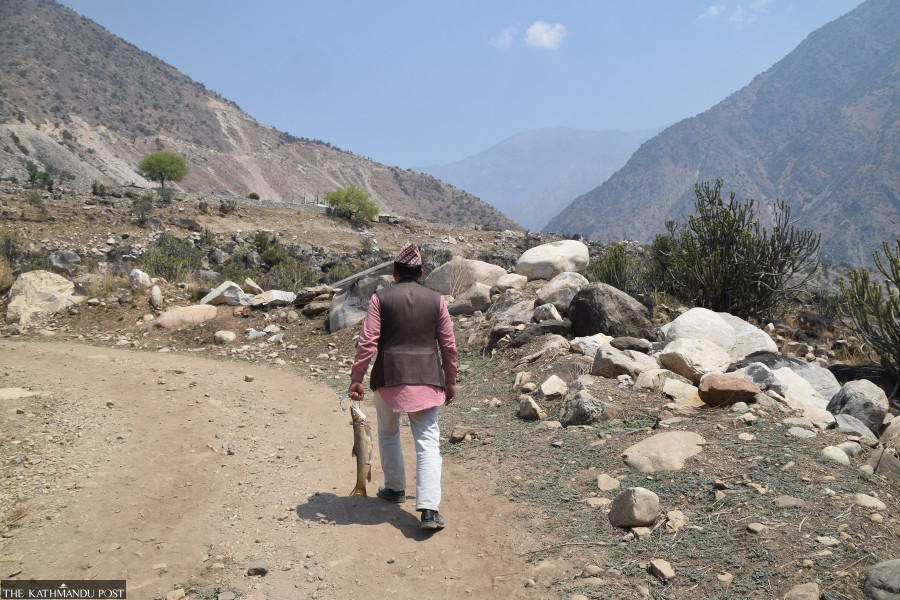
Basant Pratap Singh & Arjun Shah
Everyday, Prabhav Giri of Ringa village in Mugu district gets up at dawn and rushes to the Karnali River to secure a place to set his fish traps. The riverbanks are always crowded with locals trying to get the best spot for catching fish.
As the sun begins to rise, the fishermen head towards the local market to sell their catch. Hotel owners along Karnali Highway are regular buyers of their fresh fish.
Hotels and eateries have mushroomed on the roadsides. The strings of dried fish and fish on bamboo sticks displayed at the front advertise the main item on the menu.
The 507-km-long Karnali River fed by tributaries carrying snowmelt is the longest river in Nepal. More than 90 percent of the Karnali River basin lies within the country. The Humla Karnali originates in Tibet and joins the Mugu Karnali at Galwa to become the Karnali River.
Many Karnali residents go to India as seasonal migrant workers because there are few jobs locally. The river has been providing employment to some of them.
Giri had initially planned to migrate to the Gulf or India for work as his farm did not produce enough to feed his family. During the fishing season, he catches 4-20 kg of fish daily which he sells for Rs2,000 to Rs5,000.
“I make money by fishing. If not for the Karnali River, I would be working in New Delhi or Saudi Arabia now,” said Giri.
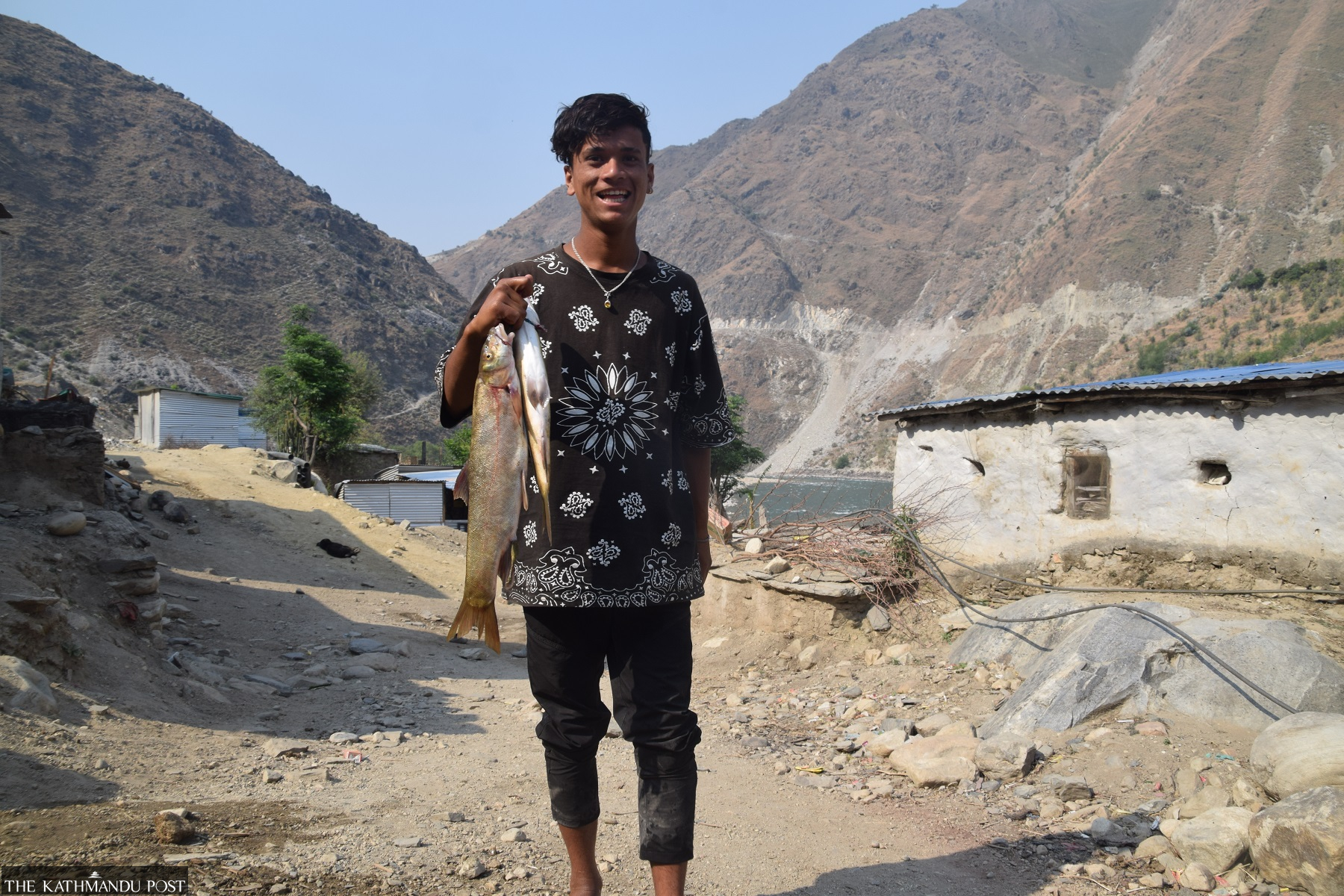
Villagers from Jitegada in Kalikot, Juddi, Pilu Chaur, Dhula Chaur in Bajura, Suka Dhiki in Mugu and Sarkegaad in Humla rely on fishing for a living.
Giri has earned enough from fishing to buy a parcel of land at Kohalpur in Banke in the southern Tarai plains. He sends his children to an English-medium school and plans to build a house in Kohalpur.
Many locals have seen their incomes rise substantially from fishing with the opening of the Karnali corridor.
The 680-km-long Karnali corridor connects India and China. The highway extends from Hilsa in Humla, bordering China, to Jamunah, bordering India in Banke. It has been two decades since the track was named Karnali corridor.
Seven years ago, before the Karnali corridor opened, fresh fish could be bought in the local market for as little as Rs20 per kg. It now costs Rs600 to Rs800 per kg. Dried fish is sold for Rs5,000 per kg.
“The opening of the corridor has changed everything,” said Gokul Sanjel, a local of Ringa village in Mugu.
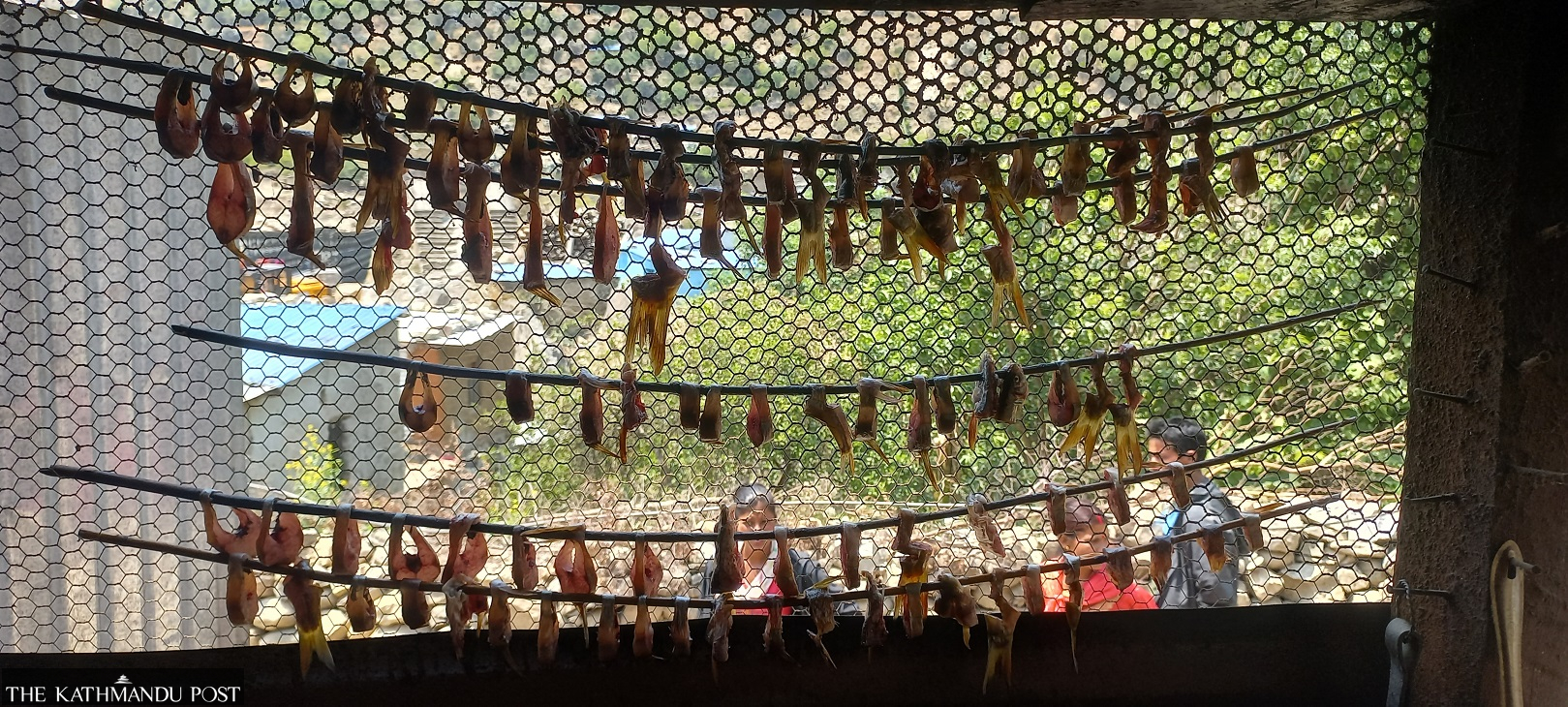
Sanjel said he bought two plots of land in Butwal with the money he earned by fishing in the Karnali River. He had saved for six years.
Devi Lal Giri was a labourer who used to struggle to feed his family. The opening of the corridor opened money-making opportunities for him. He now owns two vehicles and a house in Kohalpur. “Thanks to the Karnali corridor.”
Not only locals of Mugu, but a majority of villagers in the upper Karnali region have turned to fishing as a reliable source of income.
Youths of Tumcha village in Humla have also taken up fishing. These young men, who once remained idle all day, now earn Rs2,000 to Rs3,000 daily by fishing, said Shanti Bogati, a hotel owner in Tumcha.
According to research reports, 36 varieties of fish can be found in the Karnali River. Snowtrout abounds in the river. Dried fish from Karnali is not only sold in the local market but also shipped to Kathmandu and foreign countries.
“Nepali visitors buy dried fish to take home,” said Jairaki Raut, a local of Sarkegaad Rural Municipality in Humla. “Traders from Nepalgunj make frequent visits to our village to buy fish.”
Locals have become worried that overfishing may ruin their livelihood.
Upa Raaj Sanjel, a local of Khatyad in Mugu, said fish weighing up to 15 kg could be found in the Karnali River until a few years ago. The size and quantity have dropped. “The fish we catch these days barely weigh 3 to 4 kg,” said Sanjel.
If the fish population declines at such a fast pace, the livelihood of the hundreds of locals will be severely affected, said Bagh Dal Malla, former chairman of Tajakot Rural Municipality in Humla.
“Some species have been extinct,” said Malla.
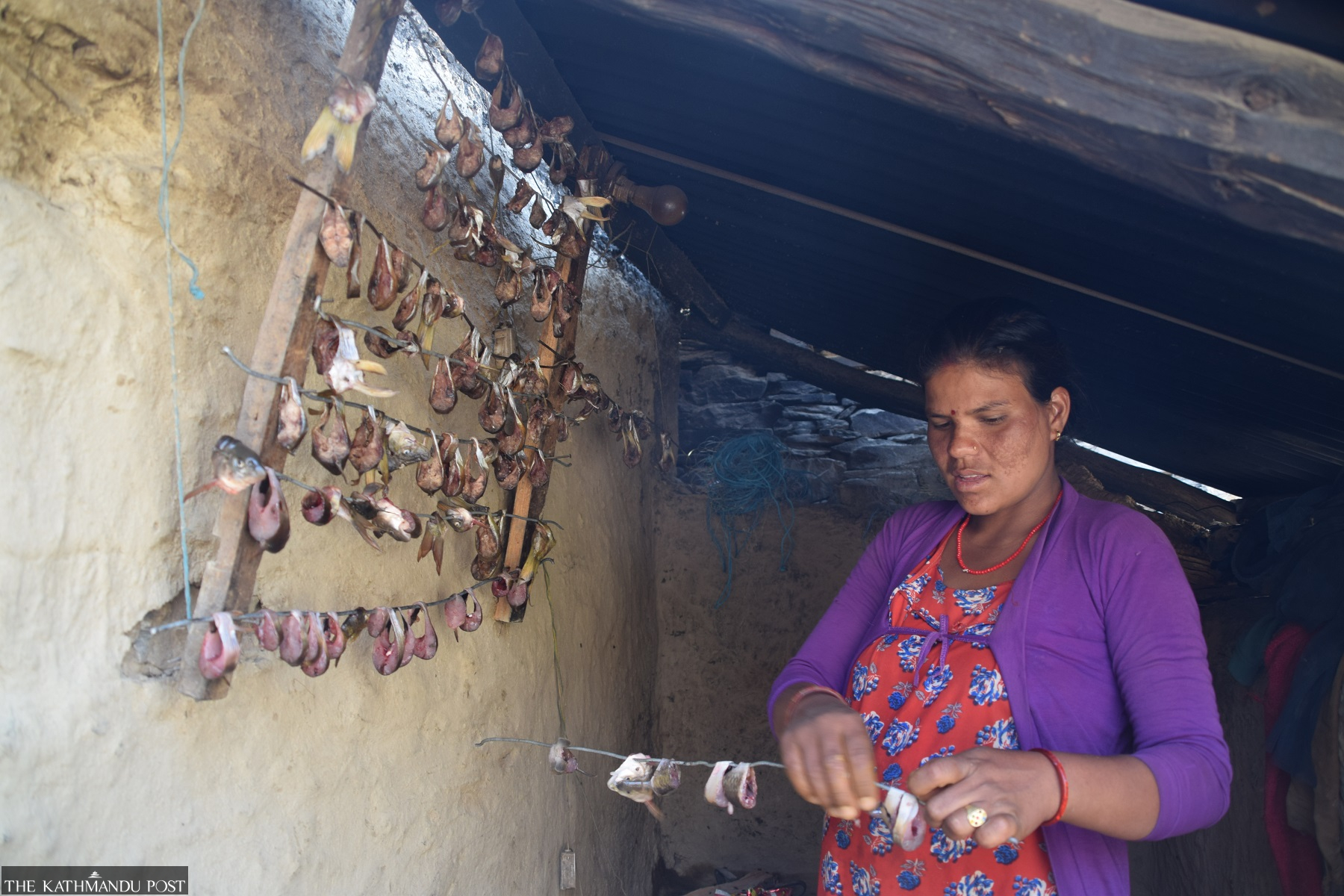
Locals said that haphazard fishing, increasing number of fishermen and destructive fishing techniques have caused a decrease in the fish population. They say that use of explosives and electricity is the major reason behind the declining population.
“Previously, fishermen used to release baby fish back into the water. Nowadays, everything is sold,” said Chandra Bir Singh, a local of Chankheli Rural Municipality in Humla. He said that until a few years ago, locals used indigenous techniques and nets to catch fish. Nowadays, they are using plastic nets.
But experts believe that the use of harmful fishing techniques isn’t solely responsible for the declining number of fish. They say that the deposition of rocks and aggregates in the natural habitat of fish during the construction of the highway corridor is also responsible for their diminishing population.
Along with increasing road connectivity, settlements along the banks of the Karnali River have also grown. Residents often dump their plastic and glass waste in the river which is also a cause for the destruction of fish habitats.
“Besides, the use of chemical fertilisers on farms from where water flows into the river is another reason behind the extinction of fish species,” said Suresh Wagle who has carried out several studies on the fish in the Karnali River.
“The fish lay their eggs in the tributaries and smaller rivers. Therefore, the concerned bodies must pay attention to protecting the Karnali and its tributaries to protect the fish which is the backbone of the local economy, Wagle said. “The issue needs to be taken up seriously before it's too late.”




 14.12°C Kathmandu
14.12°C Kathmandu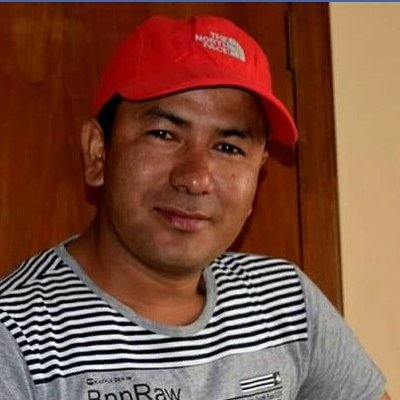








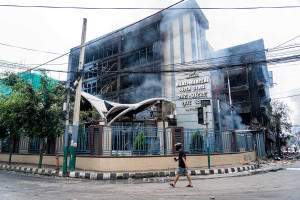





%20(1).jpg&w=300&height=200)
